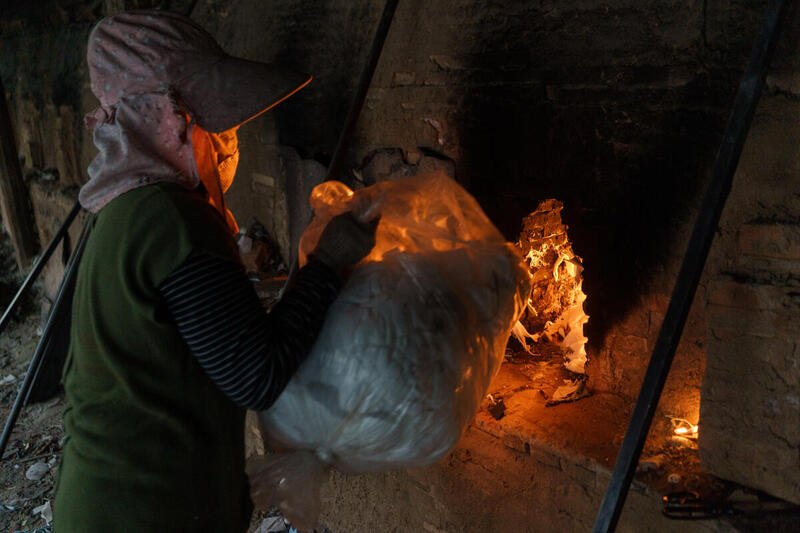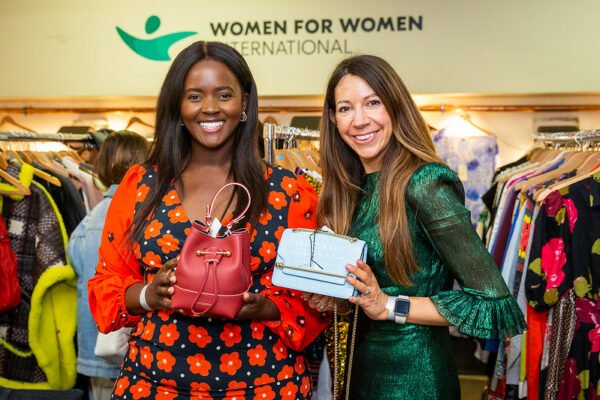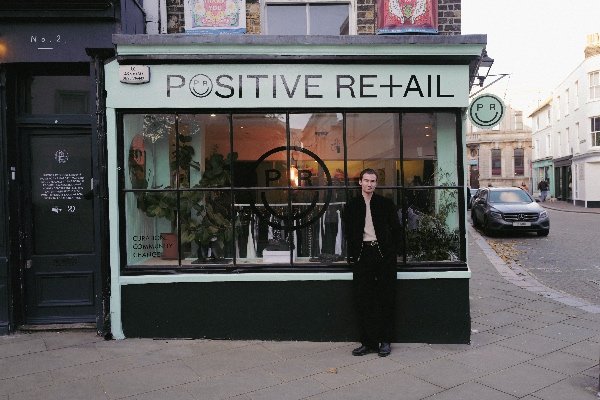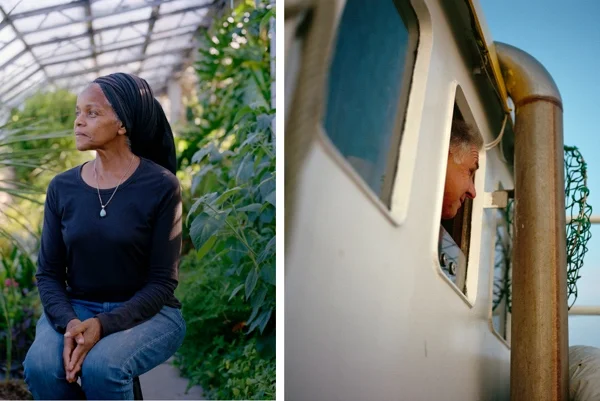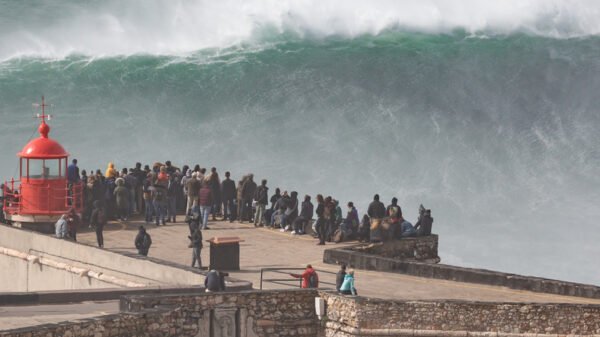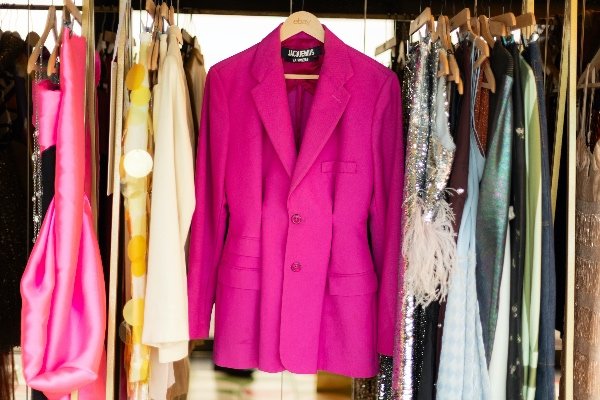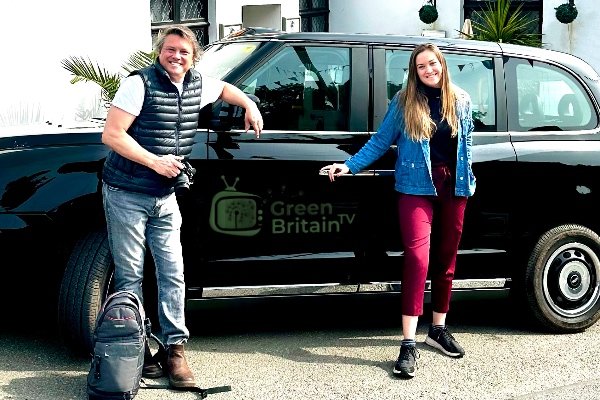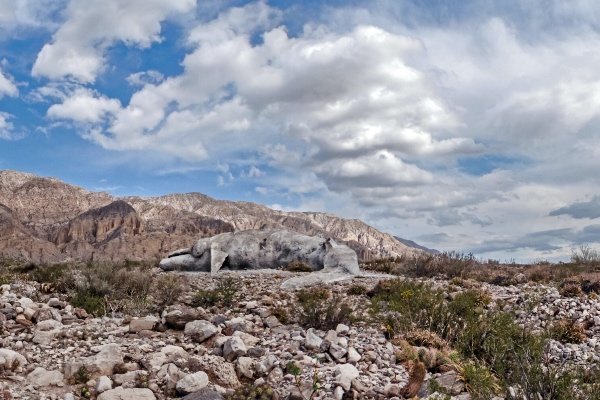Main image: © Thomas Cristofoletti / Unearthed / Greenpeace
Clothing waste generated in Cambodia during the production of apparel and footwear for global fashion brands, including Nike, is incinerated to fuel brick-making, driving emissions and exposing bonded workers to toxic fumes.
An Unearthed investigation found labels, footwear, fabric and garment scraps from Nike, Ralph Lauren, Michael Kors, Reebok, Next, Diesel and Clarks at five different kilns fuelling their fires with garment and textile waste.
This is happening despite many of these household names having made high-profile pledges to cut waste and emissions and crack down on modern-day slavery.
Cheap kiln fuel
The scraps are mostly offcuts from Cambodian factories that manufacture clothing for leading fashion brands.
These factories dispose most of their textile waste at a landfill or elsewhere through licensed waste disposal companies.
But through a web of middlemen, some of the waste is sold to kiln owners as cheap fuel – despite this practice breaching environmental laws and regulations.
To manufacture bricks workers move dried slabs of clay by hand into the kilns, where they burn for a couple of days in temperatures reaching up to 650C.
To maintain such heat, the kilns need to stay fired and workers burn fuel – in some instances a mix of garment waste and wood – around the clock.
Smoke from acrylics
A large proportion of clothing is made up of synthetic materials like plastic which, when burnt, can often release toxic chemicals.
As a result, burning garments in kilns causes local air pollution and exacerbates the carbon footprint of clothes destined for Europe and the US.
The black plumes of smoke often seen rising out of the kilns endanger the health of vulnerable workers, with reported health impacts including coughs, colds, flus, nose bleeds and lung inflammation.
‘The burning of acrylic garments, especially when combined with plastic bags, hangers, rubber and other waste as occurs in Cambodia, releases plastic microfibres and other toxic chemicals into the immediate environment which compromise the health of workers and neighbours on a short and long term basis. The human impacts, in particular, are substantially worse than burning wood and have been highlighted in a recent UK parliamentary report as a major problem in the industry.’
DR LAURIE PARSONS
Royal Holloway University
Contemporary slavery
Parsons co-authored a seminal 2018 report exposing the practice of garment incineration in Cambodian kilns. That report also identified garment waste linked to major high-street brands at brick kilns, and links climate change to slavery in Cambodia’s kilns.
The Cambodian brick sector has also become infamous for human rights abuses, including debt bondage – the most common form of contemporary slavery, according to the United Nations (UN).
Many kiln workers are ex-farmers, who took out loans to meet farming expenses and whose crops failed because of unpredictable weather patterns caused by climate change, according to Dr Parsons.
 Play Video about This Rock Might Just Save The World
Play Video about This Rock Might Just Save The World Play Video about Play 2 hours of rock
Play Video about Play 2 hours of rock Play Video about Play 2 hours of brook
Play Video about Play 2 hours of brook Play Video about Play 2 hours of sheep
Play Video about Play 2 hours of sheep

















